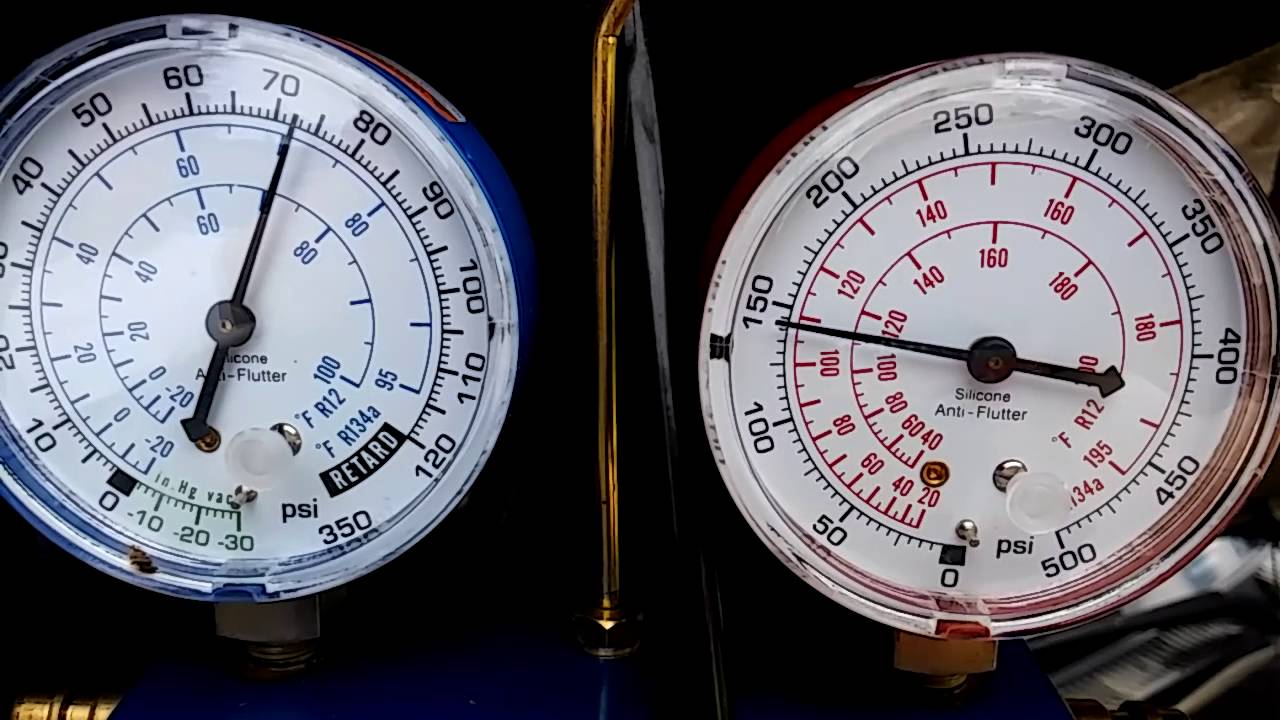How Long Do Tires Last And How To Make Them Last Longer
Each and every component in your vehicle requires frequent maintenance and most require replacement at some point. Among the parts most subject to wear and tear is your tires. Then how long do tires last and what can you do to make sure they last as long as possible?
Read on to learn everything you need to know about your car tires, including how to tell the age of a tire, how to shop for the best tires, the factors affecting tires lifespan and handy maintenance tips to keep your tires in good shape for longer.
How long do tires last? – General estimates
Like other parts of your car, although the answer to “How long do tires last?” vary with the tires quality, your driving conditions and how you use them, there are general estimates for the average lifespan of a car or truck tires.
Experts generally agree that you can expect your tires to last you at least 50,000 miles in normal driving conditions, an equivalent of which is around 3-4 years of driving. However, many car owners have complained that their new tires or replacement tires only last them some 20,000 to 30,000 miles.

In short, there is no promises. While you do not need to spend a lot on buying expensive tires, the best you can do is to do your research and grab some quality tires instead of the cheapest option available.
Good maintenance is also important. Read on to find out the dos and don’ts to keep your tires stronger for longer.
What happens when a tire ages?
Tires are made of natural rubber, synthetic rubber and other chemical compounds. If you stretch a rubber band for a consecutive long period, it will develop tiny cracks all over and finally snaps. The same thing happens with a rubber band that has been sitting around for a long time idly: when you stretch it, it will crack.
READ MORE
- Crack In Tires: Consequences That Can Be Life-Altering
- How To Fix Dry Rotted Tires: A Systematic Guide
Wear and tear for car tires is similar. The more you drive, the faster the tires age. Even if you rarely drive at all, the longer the tires are sitting there, the faster they age and deteriorate.
While there is no rule of thumb for when to replace a tire, many car and tire manufacturers suggest replacing them at most 6 years from the date of manufacturing.
The “penny test”
You might have heard of the “penny test”, which is used to determine whether a tire is old enough to be replaced. The test involves putting a penny into the tire’s tread with Lincoln’s head upside down and facing you.
The tire’s tread is the ribs on the tire’s surface which create indentation or depth. If you cannot see the top of Lincoln’s head, your tire has sufficient tread depth. If you can see the top of his head, your tire must be replaced.
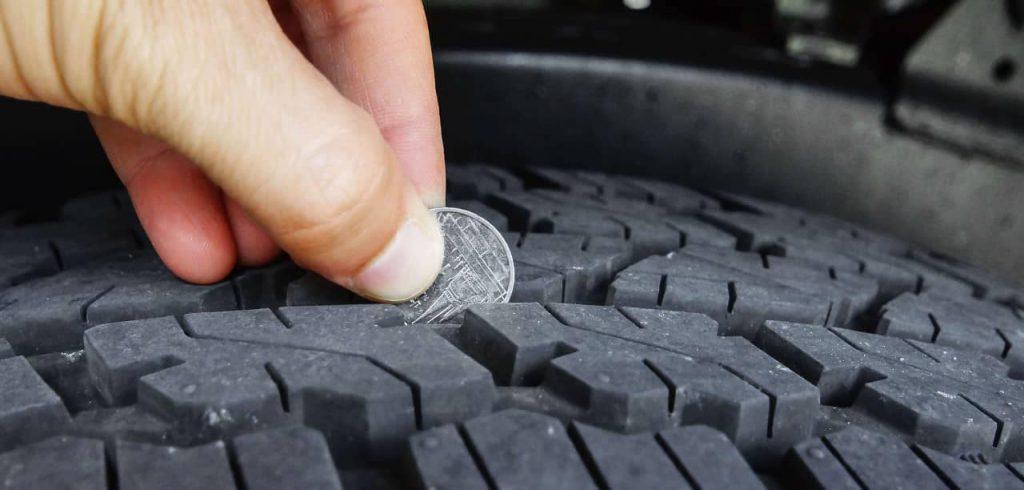
The penny test is used widely and you will see many sources talking about it on the internet. However, many mechanics and auto experts have asserted that using the penny test alone cannot tell you whether a tire is still good.
The penny test only tells you whether the tread is too worn, and there is more to a tire than the depth of its tread.
What happens if you drive with tires too old?
When a tire gets old, either the rubber compound material of the tires deteriorate, or the tread wears out and can even separate completely from the tire while you drive. There have been accidents caused by tire tread suddenly separating from the body of old tires and rendering the vehicle out of control.
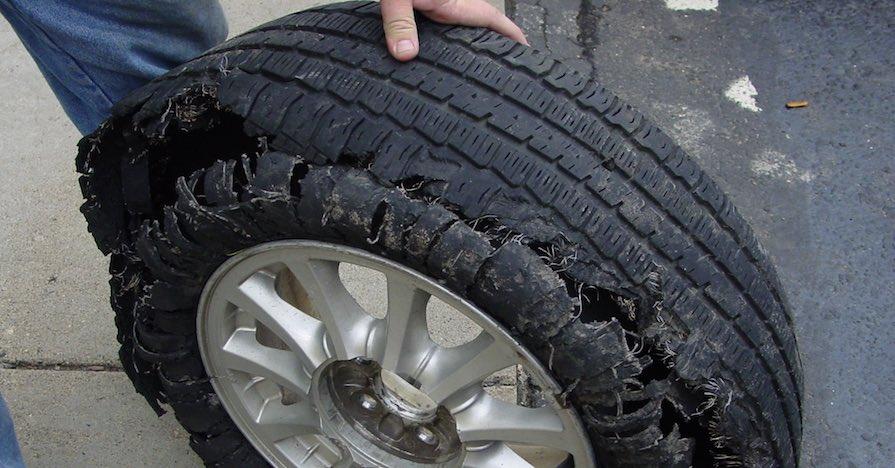
Since the tread enhances the tire’s traction with the road, when tread wears off, traction is reduced. This is dangerous, especially in rainy or icy weather.
Nothing can reverse the natural effect of time on rubber tires. Tiny cracks will form over tie on the tire’s surface as well as inside.
How long do tires last? – Factors affecting tires lifespan
Heat & UV
According to the National Highway Traffic Safety Administration (NHTSA), tires deteriorate faster in hotter climate and when frequently in direct exposure to sunlight, like every other material on earth.
Direct exposure to UV breaks down the oils and chemicals in the tire, which keep the rubber flexible and durable, thus speed up the aging process.
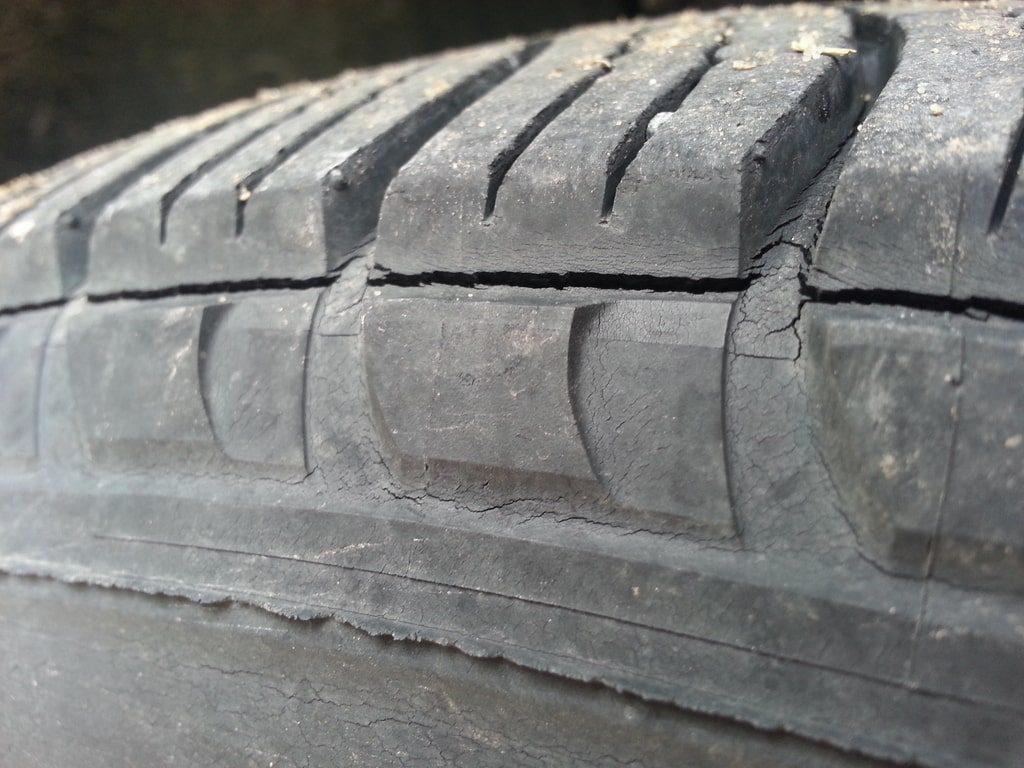
If you have mounted your spare tire on the back of your car, it will age a little slower than the four wheels on the ground, however it is already exposed to heat, light and air, thus it is considered “in service” and still ages nonetheless.
Enhanced materials
Antiozonant chemical compounds, a type of additives for plastic and rubber, can be incorporated into the rubber to slow down the inevitable aging process to some extent. These antiozonants prevent cracking on plastic and rubber materials caused by the tiny amount of ozone in the air, thus their name comes from “anti” and “ozonant”.
These tires are often rated for higher mileage. Improved resistance to ozone cracking is a feature you should look for if you’re looking for tires that will last longer than average.
Type of road
Tires running on flat smooth roads will stay stronger for longer compared to tires running on bumpy, hilly or mountain roads.
In addition, tires on cars that travel mostly on the highway at constant speed with less stopping will last longer than those on vehicles that runs around town, which have to stop frequently, slow down and accelerate due to traffic.
Maintenance or conditions of use
1. Driving habits
If you’re a reckless driver, it’s no wonder your tire will age faster. If you tend to hit the curb, or drive on sharp pebbly roads, or have the habit of turning the steering wheel when you car is not moving at all, bless your tires.
2. Tire inflation
Even inflating your tires require some attention. An under-inflated tire will be in contact with the road more, thus more wear and tear, especially excessive wear on the shoulders of the tires. Over inflation will cause excessive wear on the inner of the tires.
If your tire is punctured, make sure you have it properly repaired.
READ MORE
- Can You Inflate A Car Tire With Bike Pump?
- How Often Should You Put Air In Your Tires?
- Nitrogen Vs. Air In Tires – Which Is Better?
3. Tire rotation
Another important maintenance tips is tire rotation. Depending on whether your car is is front-, rear-, or all-wheel drive, each tire will wear at a different rate due to different level of usage. For example, in a front-wheel drive, the front wheels have to work much harder than the rear wheels: steering, braking, and withstanding the weight of the engine and front axle.
Periodically rotating your wheels will allow all four wheels to even out their wear, thus extending their lifespan a little longer. Rotation at least once every six month is recommended.
How to shop for tires
Tires specifications
In this day and age, it’s easier to gather reviews and ratings on the countless options available out there. For most cars with normal driving conditions and proper car maintenance, a balanced combination of a high tread wear rating, tread-life warranty, wet traction rating, ride comfort, low noise levels and a price that’s not dirt cheap will likely be a good option.
READ MORE
The tread wear rating is listed as a number printed on a tire’s sidewall after the word “tread wear”. A tire with a higher rating will likely last you more miles on the road.
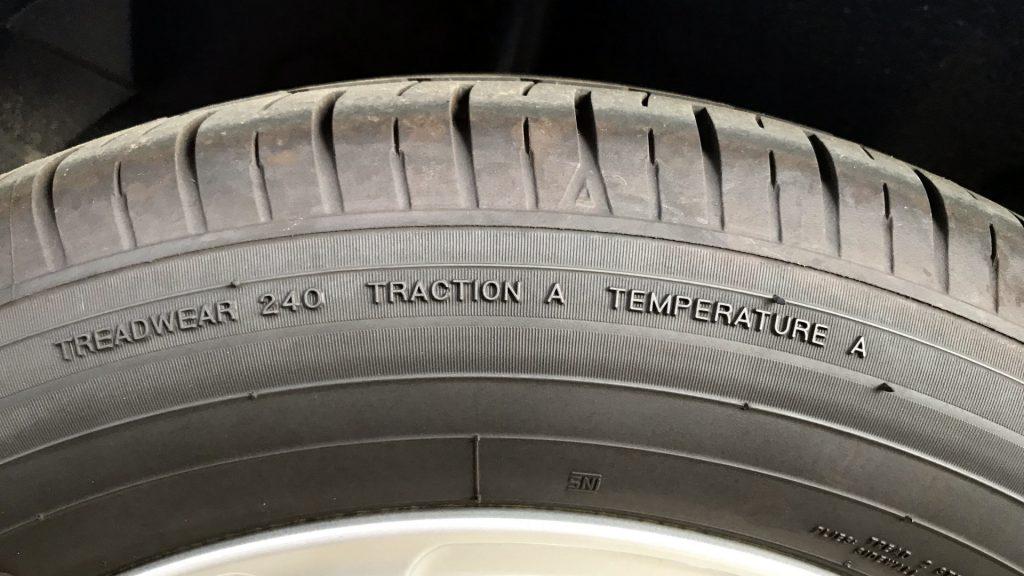
In addition to the regular defect warranty, some tire manufacturers offer tread-life warranty, also called the mileage warranty. If your tire wears out before you hit the number of mileage provided under the warranty, you can get a credit for the tire’s unused miles. When you buy a new tire from the same manufacturer, this credit will be subtracted from the new tire’s price.
‘New’ tires vs recently manufactured tires
As noted above, an unused tire does not mean a tire that has not aged and deteriorated at all. Instead, when you go to a store to grab a new tire, make sure it’s manufacturing date is recent.
Don’t buy used tires
It’s not worth it. If you buy used tires, you won’t know whether the previous owners took care of them properly. Visual inspection is usually not sufficient to decide the age and state of a tire. For your peace of mind and for your safety, go for new tires.
How to know the age of a tire
You can determine the age or the year of manufacturing of a tire by looking for the Tire Identification Number (TIN) on the sidewall of any tire. The TIN will be the last group of digits in a longer group of letters and numbers following “DOT”.
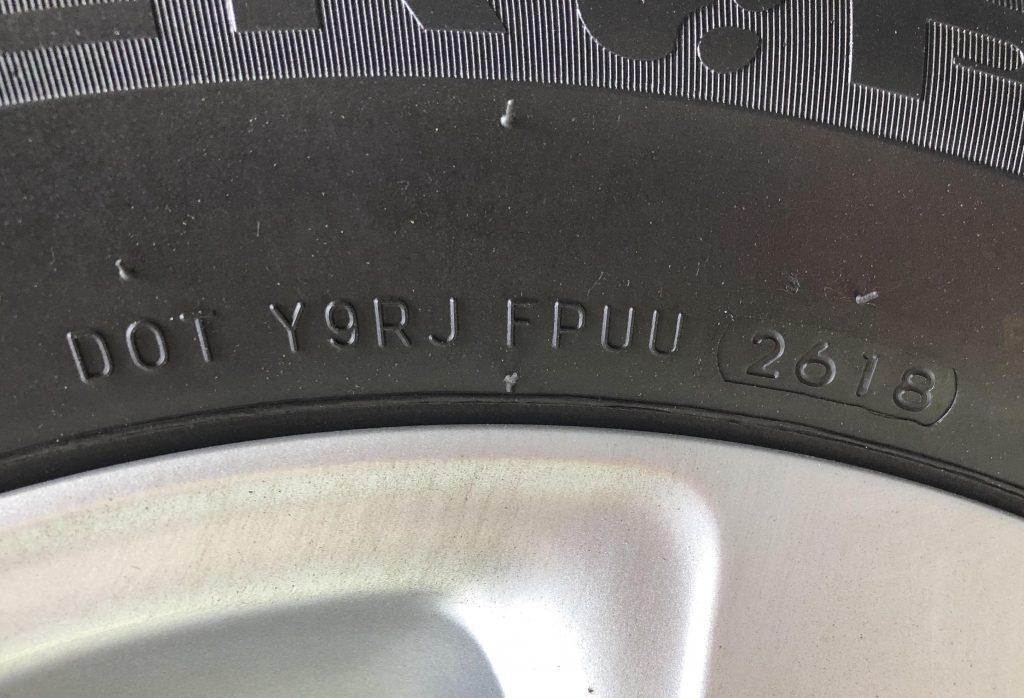
An example of the DOT code is: DOT Y9RJ FPUU 2618. Each group of digits are separated by a space.
The last group of digits for this tire consists of 4 numbers, meaning the tire was manufactured after the year 2000. Specifically, it was manufactured in the 26th week of the year 2018, which means this tire is fresh and new.
Another example of the DOT code is: DOT JI3P FUM0 137. The last group having 3 digits is “137”, denoting that the tire was manufactured in the 13th week of the year 1997.
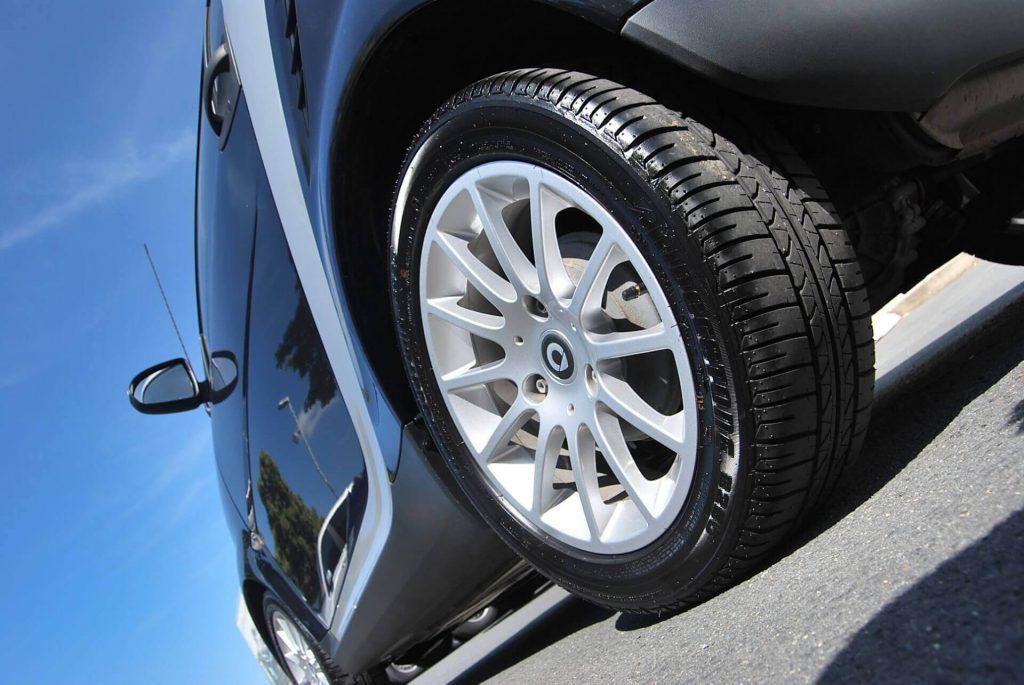
Not every car owner can answer “How long do tires last?”. Most drivers don’t pay attention to their car’s tires, as they are … boring and are not high-tech components. However, they are vital to your safety and driving experience, since they are the only parts of your car that come into contact with the road.
The state and the age of your tires can greatly affect your steering ability, handling and the car’s traction. Replace your tires when they get old and look for new tires with recent manufacturing date.






